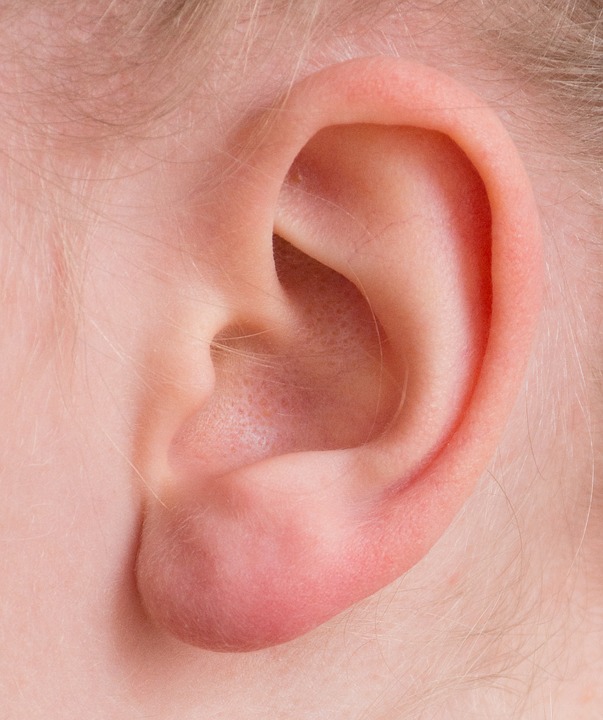Mastoiditis is a serious bacterial infection that affects the mastoid bone behind the ear. It’s more common in children.
Most people with mastoiditis recover quickly and have no complications as long as the condition is diagnosed and treated quickly.
Symptoms of mastoiditis
The symptoms of mastoiditis typically include:
redness, tenderness and pain behind the ear
swelling behind the ear that can cause it to stick out
discharge from the ear
a high temperature, irritability and tiredness
hearing loss in the affected ear
When to get medical advice
See your GP as soon as possible if you or your child have:
any symptoms of mastoiditis
an ear infection that doesn’t clear up with treatment or is followed by new symptoms
been diagnosed with mastoiditis and treatment hasn’t cleared it up
Causes of mastoiditis
The mastoid bone has a honeycomb-like structure that contains air spaces called mastoid cells.
Mastoiditis can develop if the mastoid cells become infected or inflamed, often following a persistent middle ear infection (otitis media).
Cholesteatoma can also cause mastoiditis. This is an abnormal collection of skin cells inside the ear which may prevent the ear draining properly, leading to infection.
Diagnosing mastoiditis
Your GP will examine the inside of the ear with an otoscope (a device with a light and magnifying glass).
If your GP thinks you have mastoiditis as a complication of a middle ear infection, they’ll refer you to an ear, nose and throat (ENT) specialist for further examination and tests.
This usually includes a blood test and an ear culture (where discharge from the ear is tested for a bacterial infection).
Some children may need to have a CT scan, which uses X-rays and a computer to create detailed images of the inside of the skull.
Treating mastoiditis
Mastoiditis is a serious infection and should be diagnosed and treated quickly with antibiotics.
You may need to go to hospital so antibiotics can be given directly into a vein through a drip.
In some cases, surgery may be needed to either:
drain the middle ear (a myringotomy)
remove part of the mastoid bone (mastoidectomy)
If you’re admitted to hospital for treatment you’ll need to stay in for a few days until the ENT specialists can be sure the infection is under control.
After surgery
If you’ve had surgery for mastoiditis, you’ll probably need to take one or two weeks off work.
Take care not to get the affected ear wet. You should be able to wash your hair after about a week, providing you don’t get water inside your ear.
You should be able to go swimming around four to six weeks after the operation, depending on how well your ear has healed.
Your doctor should be able to give you specific advice after surgery and at any follow-up appointments.
Complications of mastoiditis
Although most people with mastoiditis don’t experience serious complications, treatment isn’t always easy and the infection may come back.
If the mastoid bone is severely infected and isn’t removed, it can cause hearing loss and life-threatening health complications such as:
